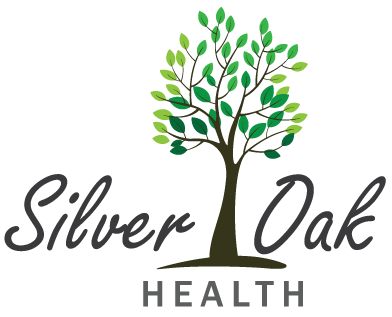Not all disabilities are visible
3rd December is International Day of Persons with Disabilities.
World Health Organization estimates that 15% of the world’s population, that is more than one billion people have some form of disability and out of this, 450 million are living with a mental or neurological condition. Mental illness has been recognized as one of the disabilities under the Persons with Disabilities (Equal Opportunities, Protection of Rights and Full Participation) Act, 1995 and Mental health Act of 2017.
There is a significant focus needed to spread awareness in the understanding of disabilities that are not visible such as mental illnesses, partial or complete visual or hearing impairments, learning and cognitive disabilities. Studies show that two-thirds of people with these conditions do not seek professional help due to stigma and also feel that they may be discriminated, especially at the workplace. Although the pandemic has normalised some conversations around mental wellbeing, there is still a lot more that can be done.
Stressors caused due to the pandemic have impacted many of us, but these stressors have been heightened for people with disabilities. Social isolation, loneliness, not getting enough caregiving support, lack of access to information and services, and disruption in routines are some of the common experiences among people during these challenging times. It is also reported by the UN that persons with disabilities are facing more discrimination, violence and sexual harassment during the months of disruption due to COVID-19. All of these could worsen their mental wellbeing.
Increasing awareness around the challenges that persons with disabilities face and playing a vital role in safeguarding their human rights, including them in our own way can make a considerable impact and progress towards disability inclusion.
Self-awareness, empathy, and kindness are some of the traits that we develop when we focus towards the inclusion of persons with disabilities and this can improve our personal emotional wellness.
Here are some simple ways to get started at being inclusive: -
Create a safe non-judgemental space, where people with disabilities can have open conversations about what they are experiencing and respect their privacy
Listening and showing empathy during these challenging times can be valuable
Offer assistance but do not make assumptions about what they need, especially while offering support to people who may have hidden disabilities
Do not use terms such as handicapped, crippled, wheelchair-bound, physically challenged
At work, ensure that all communication shared with your team is accessible and disability-inclusive.
Send out the meeting agenda and reference documents in accessible formats prior to any of your meetings. Or ask in advance if any attendees would require specific accommodations
Identify yourself by name before you speak or present. This will be helpful for persons with visual and auditory disabilities to identify who is speaking.
Join us and take a pledge to support and be inclusive towards Persons with Disabilities.
Author: Navitha Muniraju
Navitha Heads Client Engagement at Silver Oak Health and has over a decade of experience in HR, Diversity and Inclusion (D&I) and Employee Well-being functions. She has worked with organizations in creating strategic programs to foster a culture of equality, inclusion and belonging. Her areas of expertise are related to gender, LGBTQ+, PwD, working parents and multi-generations in the workplace.



